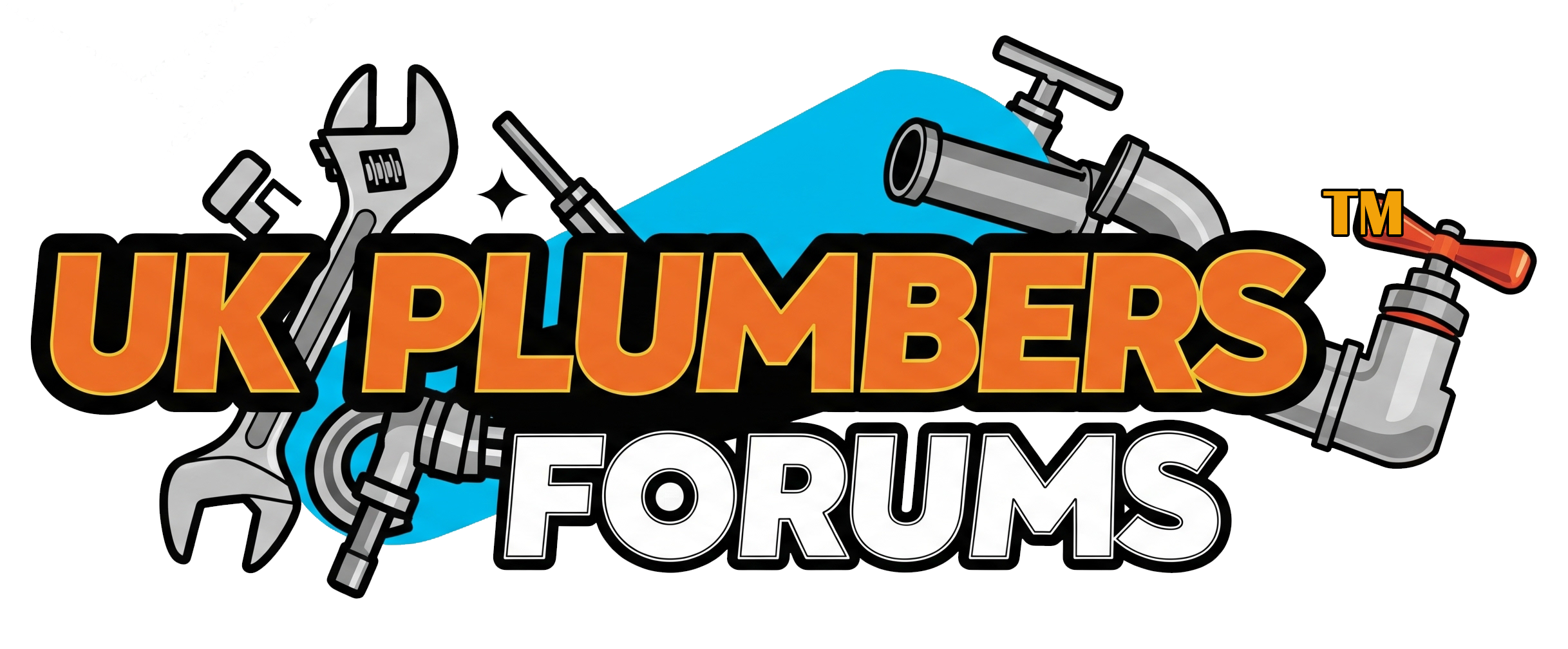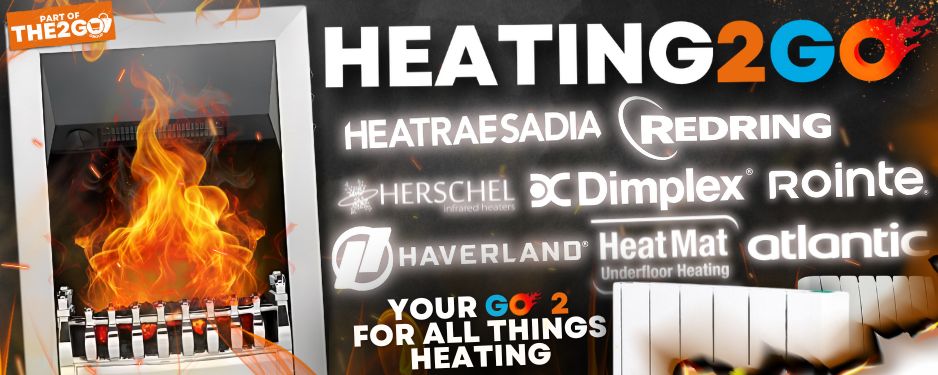Hi,
Short version: I have about 4" of pipe sticking out of a concrete floor in a cupboard. It makes a 45-degree bend as it exists (bent, not with elbows), the last cm before the open end is pretty much straight, but as a result of the bend it is not perfectly round. I mean it is pretty much round cross-section at the very end, but only 1cm down its oval by about 1/2 a mm, and is maybe a full 1mm squished at 15mm. I need to put an elbow on it, the elbow's female end feed overlaps by about 15mm, so while snug with the round end in the depth of the joint, at the point where I will feed solder in, it has a gap of about 1mm on two opposite side. Hope that makes some sense!! Its vertical at that point too.
My concern is that when I feed in the solder, I'm sure the usual capillary action aided by the heat and the properties of the solder will pull it into the deep part of the joint and seal there, at the open end, the vertical position along with the nearly 1mm gap, may allow the solder to 'fall' out and not fill the whole 15mm overlap. I'm pretty sure it will be joined, but I'm not certain it will be a great joint.
More detail:
While I'm not a plumber I did do a lot of study as my enginering trade is not entirely unrelated. It seems that studies have shown that a good joint where the full overlap is well filled does last longer and the theory goes that it being stronger reduces the stress at the ends and reduces any slow work hardening and eventual delamination of the solder.
I have done about 100 joints now, mostly 28mm, about 20 in 22mm and 20 in 15mm, while redoing most of the pipe work around the house, new rads, new main pipes in the loft, a route out to the garage for a heat pump etc. And have pressure tested everything (have got through a lot of olives!) up to 10bar for 24hrs, and have only had one bad joint so far and that was not tricky to understand - I forgot the flux!! So, while my joints weren't pretty to start with and are hardly perfect now (although they are passable), they are sound at least. This particular joint is annoying as I have very little pipe to work with and save for digging out the concrete around it, I have no choice but to braize onto the end of this not-entirely-cylindrical pipe.
I figured others may have had to deal with this before and perhaps the answer is "1mm of out of round is no problem and the solder will still fill and wont all fall out with gravity, surface tension wont fail you until you have at least an eighth of an inch of gap." But maybe the experienced guys here will know that "oh, yeah, that'll all fall out and you'll only get a tiny section of seal, you need to plug round the gap with heat proof putty or silicon after fluxing it and only then will you get a good fill", or perhaps there's some trick. Or maybe the answer will upsetting... "theres no way you'll get a solid joint, its bound to fail, you're better off trying to bend it back round with something forming and some grips, or just bite the bullet and get to work on the concrete Andy Dufresne style and expose enough straight pipe and fix it properly."
I just felt like I should at least ask those who may have experience!!
Thanks in advance for any tips!!!
Short version: I have about 4" of pipe sticking out of a concrete floor in a cupboard. It makes a 45-degree bend as it exists (bent, not with elbows), the last cm before the open end is pretty much straight, but as a result of the bend it is not perfectly round. I mean it is pretty much round cross-section at the very end, but only 1cm down its oval by about 1/2 a mm, and is maybe a full 1mm squished at 15mm. I need to put an elbow on it, the elbow's female end feed overlaps by about 15mm, so while snug with the round end in the depth of the joint, at the point where I will feed solder in, it has a gap of about 1mm on two opposite side. Hope that makes some sense!! Its vertical at that point too.
My concern is that when I feed in the solder, I'm sure the usual capillary action aided by the heat and the properties of the solder will pull it into the deep part of the joint and seal there, at the open end, the vertical position along with the nearly 1mm gap, may allow the solder to 'fall' out and not fill the whole 15mm overlap. I'm pretty sure it will be joined, but I'm not certain it will be a great joint.
More detail:
While I'm not a plumber I did do a lot of study as my enginering trade is not entirely unrelated. It seems that studies have shown that a good joint where the full overlap is well filled does last longer and the theory goes that it being stronger reduces the stress at the ends and reduces any slow work hardening and eventual delamination of the solder.
I have done about 100 joints now, mostly 28mm, about 20 in 22mm and 20 in 15mm, while redoing most of the pipe work around the house, new rads, new main pipes in the loft, a route out to the garage for a heat pump etc. And have pressure tested everything (have got through a lot of olives!) up to 10bar for 24hrs, and have only had one bad joint so far and that was not tricky to understand - I forgot the flux!! So, while my joints weren't pretty to start with and are hardly perfect now (although they are passable), they are sound at least. This particular joint is annoying as I have very little pipe to work with and save for digging out the concrete around it, I have no choice but to braize onto the end of this not-entirely-cylindrical pipe.
I figured others may have had to deal with this before and perhaps the answer is "1mm of out of round is no problem and the solder will still fill and wont all fall out with gravity, surface tension wont fail you until you have at least an eighth of an inch of gap." But maybe the experienced guys here will know that "oh, yeah, that'll all fall out and you'll only get a tiny section of seal, you need to plug round the gap with heat proof putty or silicon after fluxing it and only then will you get a good fill", or perhaps there's some trick. Or maybe the answer will upsetting... "theres no way you'll get a solid joint, its bound to fail, you're better off trying to bend it back round with something forming and some grips, or just bite the bullet and get to work on the concrete Andy Dufresne style and expose enough straight pipe and fix it properly."
I just felt like I should at least ask those who may have experience!!
Thanks in advance for any tips!!!


